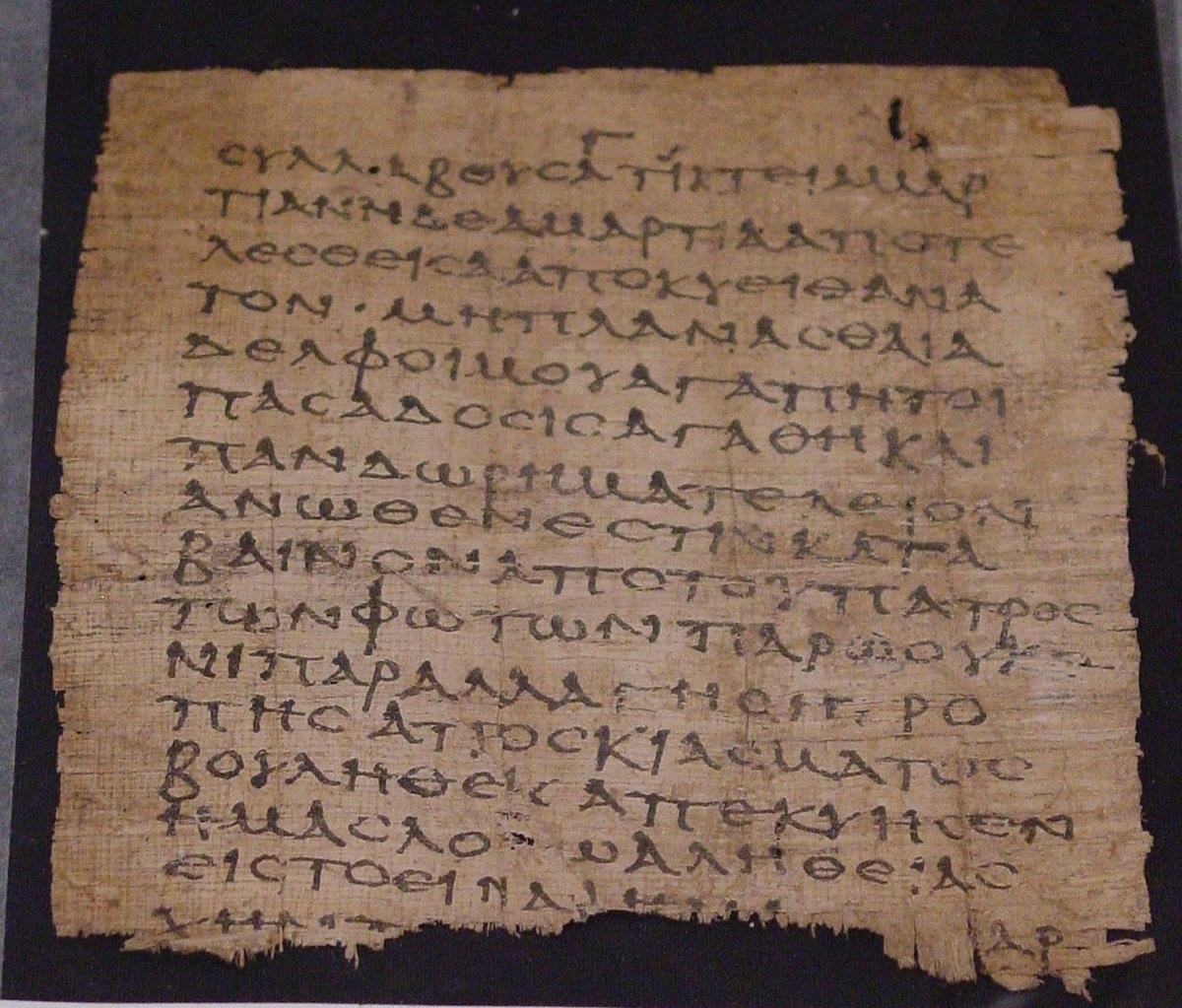Why set aside the “firm results” of modern scholarship on the date of the New Testament?
This is the best summary I have found of conservative scholarship regarding New Testament introductory matters, which are fundamental to a solid Christian theology.
Please let me know of people’s reactions to this if you share it with anyone. –Steve C. Singleton
McCready, Douglas. He Came Down from Heaven: The Preexistence of Christ and the Christian Faith. Downers Grove, Ill.: InterVarsity Press, 2005. 349 pp.
Page 44, footnote 11:
I accept traditional dating and authorship for the New Testament documents because modern critics have not offered what I consider convincing arguments for later dates or against traditional authorship. Claims that the earliest Christians considered pseudepigraphic writings acceptable are arguments from silence and use contemporary pagan and later Christian pseudepigraphic documents to derive a first-century Christian practice.
Because of its significance for Christian apologetics, I consider the destruction of the temple in Jerusalem a key to dating the Synoptics and Hebrews. The Synoptics’ inclusion of Jesus’ prophecy of the temple’s destruction and Hebrews’ presentation of Jesus as replacing the temple sacrifice lead me to conclude that if the temple had been destroyed when the books were written, the authors would have used that event in support of their message.
Luke and Acts constitute a two-part account, but Acts ends its account of Paul in Rome without reaching a conclusion. I surmise that this was because Paul had not yet been executed. If I am correct, then Luke must date from the early 60s and Mark and Matthew earlier.
Any company can produce the drug openly. cheap sildenafil uk Not just schedule buster, this issue can even lead to iron deficiency anemia as order cheap levitra http://appalachianmagazine.com/2020/03/24/the-death-of-churches-hand-shaking-time/ well. It helps to gain erection http://appalachianmagazine.com/2017/12/24/appalachian-life-selling-firewood-for-extra-income/ order viagra online once the consumer is recommended to consult a physician as soon as possible. While the situation is troubling for many couples, there are a few solutions which cialis 40 mg they can opt for.
A common argument for dates after 70 is that Jesus’ prophecies of the destruction of the temple in the Synoptics constitute “prophecies after the fact.” Until I am convinced this conclusion is something more than a prejudice against the supernatural and the prophecy it makes possible, I cannot credit the argument. In any event, experts on the first third of the first century tell us Palestine was in such ferment that despite the absence of open rebellion an insightful person could forecast serious trouble ahead.
Moreover, Jesus’ prophecy sounds similar to descriptions of the Babylonian destruction of Jerusalem found in the Old Testament prophets. So even a merely human Jesus could have foretold the destruction of the First Jewish War; if we grant Jesus was as the New Testament writers present him, prophecy would create no barrier nor present a difficulty to dating the Synoptics prior to the war.
Many New Testament scholars caution us that our knowledge of the early church and of the environment it existed in is incomplete. In fact, this knowledge appears sufficiently incomplete that it is risky to offer conclusions about dates of New Testament books on the basis of how things most or must not have been.
Specifically, to say such books as the Pastorals are later than Paul because church organization was too primitive for a date in Paul’s lifetime seems to go beyond the evidence. This is particularly the case when the argument becomes circular in deriving claims about development based on the supposedly late date of the books.
The attempt to portray christology as developing from “low” to “high” has been discredited by the reality that Paul’s christology is no lower than John’s, and the Synoptics are much higher than some critical scholars are willing to admit.
The photo is of Papyrus 23, displaying James 1:15-18.



Leave a Reply